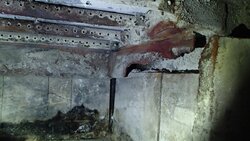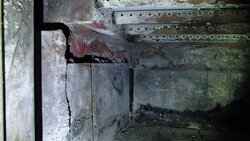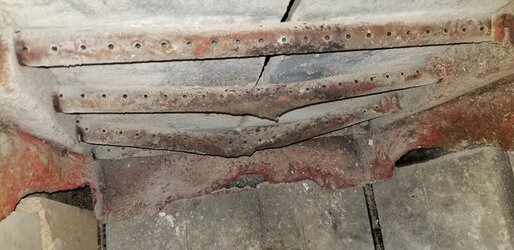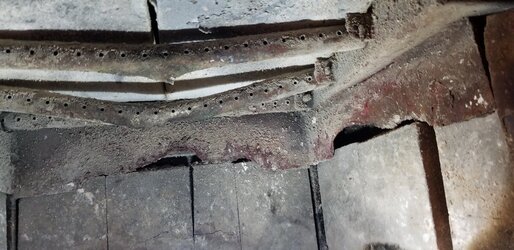I've had a Buck 81 for 6 years now and we use it rather continuously in the cold months here in central Virginia. We love it, and it's performed well. I've noticed the internal heat shields (could also be called firebrick retainers?) on both sides have warped. Anybody else experience this? We do run it hot with mostly oak, but I don't really know what an overfired temp is. I do have a magnetic temp gauge on the left front face of the stove, and it's not unusual to hit 500-600 degrees. I actually called Buck a few years ago and asked about temp limits, and the tech basically said you can't hurt it. Regardless, I plan to weld in new pieces (looks like 3/16"), as well as putting a bead on a 3" split on the reburn chamber on the right side. Curious if anyone else has had to deal with this issue on their stove.




Last edited by a moderator:



